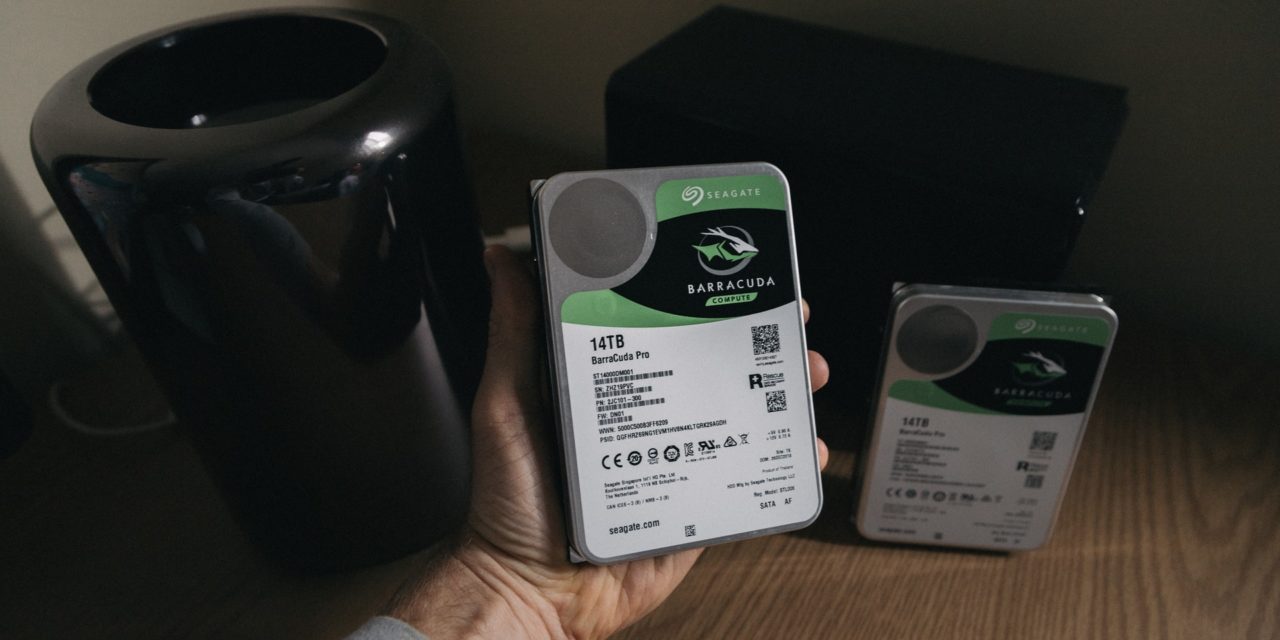You have bought a new camera or a smartphone but your purchase is incomplete without a memory card so that you can store more photos or videos. Most of the devices come with a basic Secure Digital (SD) card of storage capacity 2GB/4GB but it is very essential to invest wisely in a good card so that you get more storage space and memory. There are various options of memory cards available in the market and can be categorized into various types according to speed classes, size and other features.
TYPES OF SD CARDS:
Memory cards are categorized into three types on the basis of their storage capacity:
- SD – Basic SD cards can hold upto 2GB storage. The older models of devices may still accept SD cards.
- SDHC (High Capacity SD) – SDHC cards can store between 4GB to 32GB of content. Nowadays, SDHC cards are being used in all latest camera or phone models as all the devices support high storage capacities.
- SDXC (Extended capacity SD) – SDXC cards are most recent and they can store data from 32GB upto 2TB. They can be inserted into those devices which are compatible with SDXC standard. They are highly priced and are rarely used as very few devices support SDXC card.
SIZE:
Before buying a card, it is really important to consider its size as different electronic devices use different size of memory cards.
SD (Secure Digital) cards are mainly available in three sizes –
- Standard SD (with dimensions 32 x 24mm and weight=2 gms)
- MicroSD (with dimensions 11 x 15mm and weight=0.8 gms)
- MiniSD card (dimensions 21.5 x 20mm and weight=0.25 gms)
Standard SD cards are mainly used in digital cameras whereas for smartphones, you would require smaller size cards. MiniSD cards were used in mobile phones earlier but they are rarely used these days. They have been replaced by even smaller-sized microSD cards. Besides mobile phones, microSD cards are also being used in laptops or tablets.
SD cards can only be put in their matching slots. You cannot insert a SD card in a smaller card slot or vice-versa. In case of emergency, you can use an adapter which can help you to plug a smaller-sized card in a bigger slot.
SPEED CLASS:
The speed of the card is measured by “Speed Class” and all cards come with variable speeds. Speed class is defined by card manufacturers and SD association to help the consumers select the right one. For recording a high-resolution video or images, you should prefer fast SD card if you want to save the content directly to the card.
There are four types of Speed classes as follows:
- Class 2: Class 2 refers to 2MBps speed and is probably the slowest among all. It is best suited for standard definition video recording and images. Class 2 memory cards are not used any more. Most of the smartphones and cameras support Class 4, 6 and 10.
- Class 4: Class 4 refers to 4MBps speed and is ideal for some video as well as still pictures.
- Class 6 and 10: Class 6 and 10 refer to 6MBps and 10MBps speed respectively. Class 10 is fastest among all. Class 6 is used for HD video recording and high definition still pictures. Class 10 gives great results while recording Full HD videos at 1080p, burst shooting mode and can capture HD still images.
- Ultra High Speed Class (UHS-1, UHS-3): These cards are most expensive and are mainly used by professionals for heavy video recording. They are designed for devices that support UHS (Ultra High Speed). UHS-1 memory cards have speed varying from 10MBps to 30MBps and are used for Full HD video recording. UHS-3 cards are best used for 4K and 2K video recording and can even support speed upto 50MBps. It is always advisable to spend on a good-quality memory card of reputed and popular brands like Sandisk, Kingston, Samsung, Sony etc.

